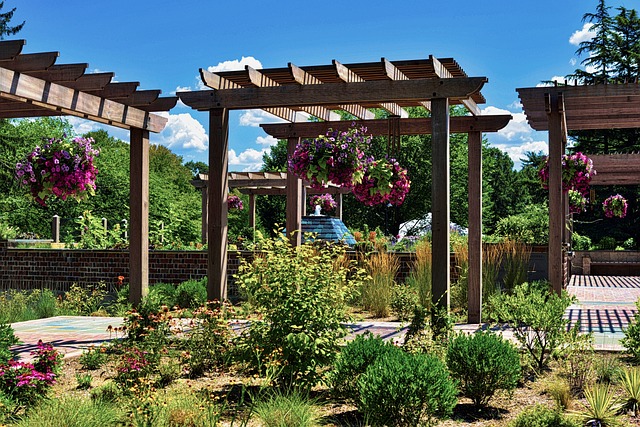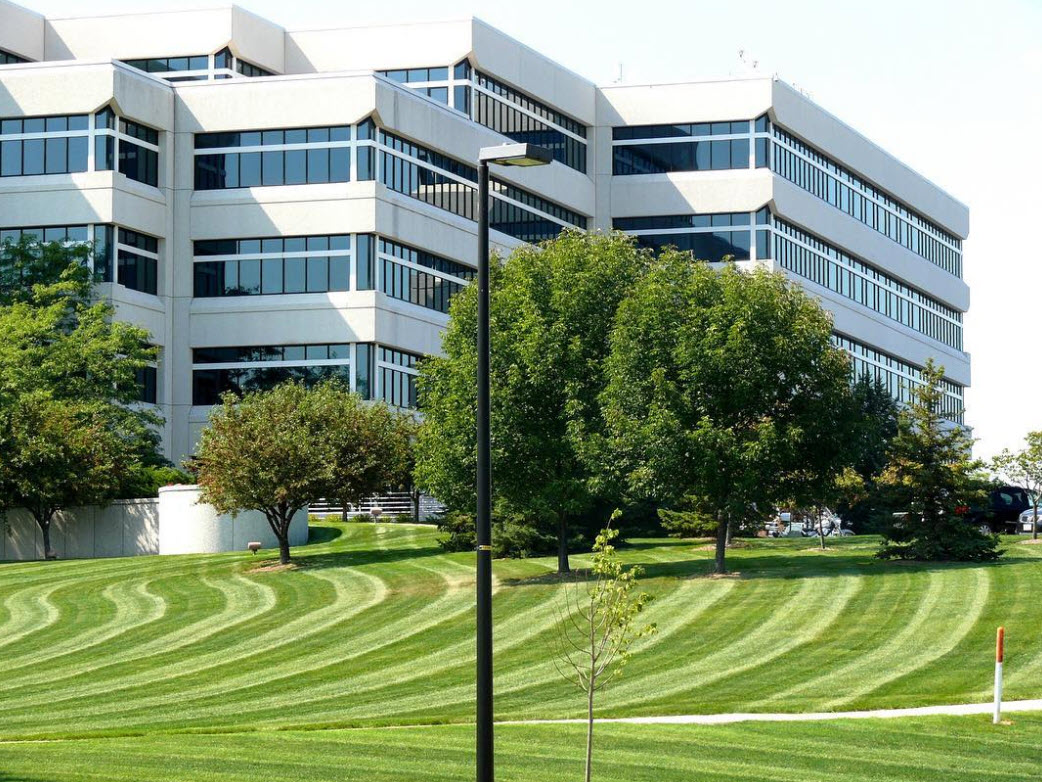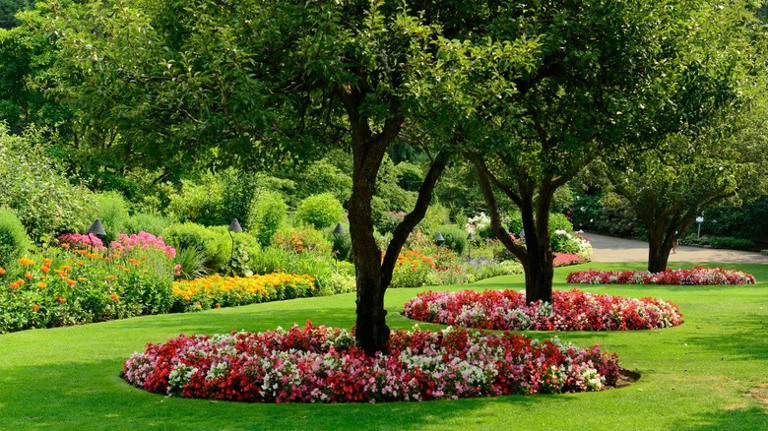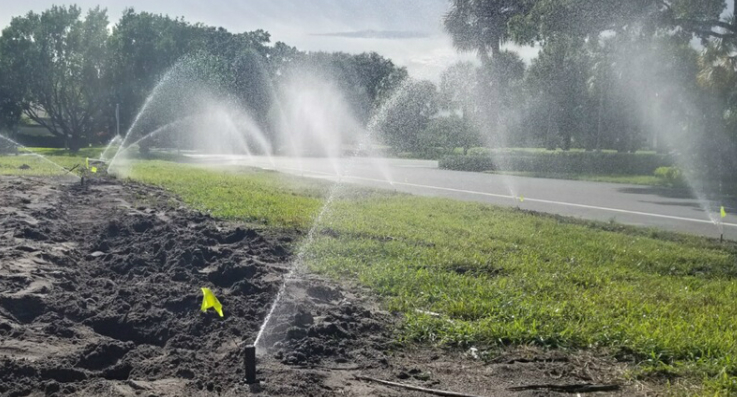Many cities throughout the U.S. have water restrictions. They’re designed to make the most
efficient use of the natural resource within the landscape. The South Florida Water
Management District has set forth specific days and times for watering, leading many
individuals to wonder about their landscaping. Residents can have a beautiful landscape, even
with watering restrictions.
Know the Rules
There may be exceptions for edible gardens or newly installed landscapes. Residents need to
read and understand the watering rules that apply to them.
Prioritize
Prioritize what gets watered. Plants that are drought sensitive should be watered first, along
with those that are high maintenance. Lawns will necessarily be a low priority.
Drought Resistant Plants
Consider planting species that require less water – or replacing existing plantings. That can
include grass, vines, bushes and trees. It will help conserve water and will cost far less to keep
the landscape hydrated. Native plants tend to require less water.
Mulch
Virtually any planting will benefit from mulch. It keeps soil cooler and helps in retaining
moisture. Mulch also aids in weed control
Irrigation Systems
Turn off automatic irrigation systems and only water plants when they really need it. Look for
signs of drooping leaves or leaf color changes to help determine when the plant requires water.
Many types of plants will survive droughts and low moisture if they were healthy and
established before water restrictions are in place.
Consider a drip irrigation system that uses far less water than traditional irrigation systems and
offers savings on water bills. Micro-irrigation systems may be allowed with no restrictions.
Water Reclamation
People across the nation use an estimated 7 billion gallons of clean drinking water every day for
watering plants. Consider collecting rainwater for use during a drought or having a water
reclamation system installed.
Contact RCH Landscaping Today for a Free Estimate




